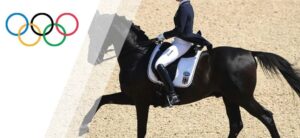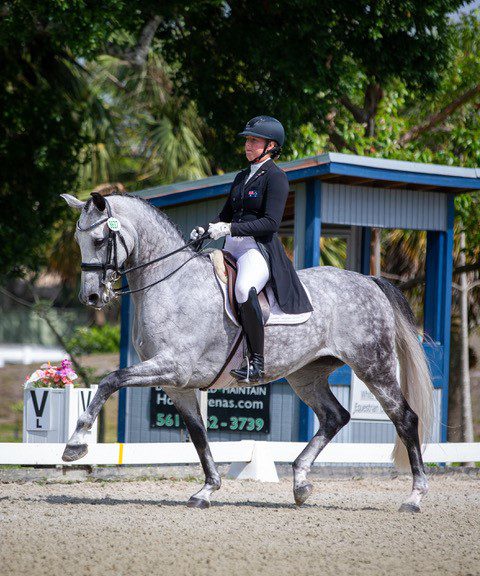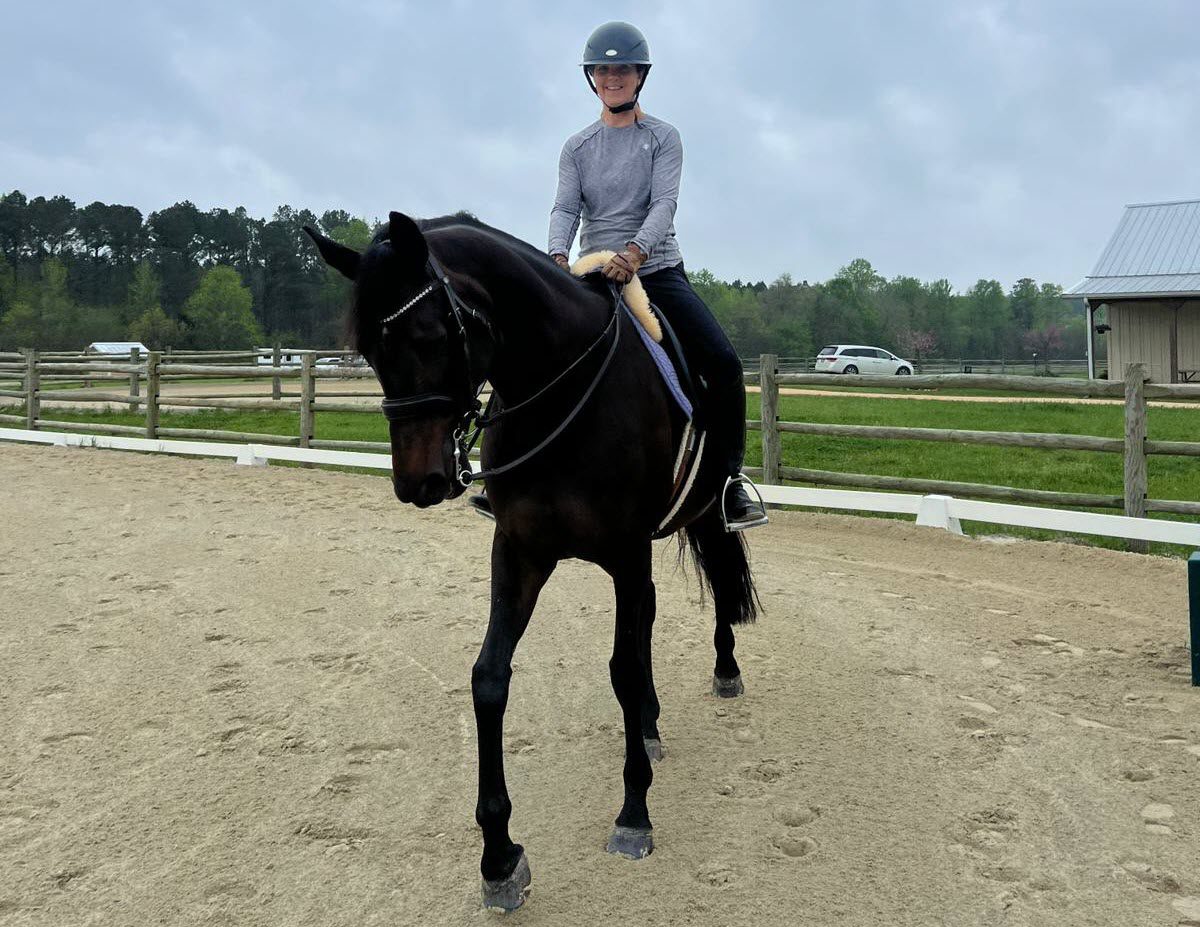What Are Elite Dressage and Jumping Horses?
When you think of elite dressage horses and jumping horses or elite showjumping horses, names like Totilas and Big Star might come to mind. These champion athletes are Grand Prix horses, having shown at the highest level at top-caliber competitions like the Olympics. You may see the term “elite” being used to describe sport horses, especially if you are looking to purchase a new equine. So, what does it mean? Is elite the same as Grand Prix?
The short answer is no. While both types of horses are upper-level, highly-trained athletes, there are a few minor differences that set them apart. Grand Prix and elite jumping horses have different levels of training, competitions, value, and more. It’s important to understand these differences if you are in the industry or in the market for a new horse.
The Levels of Competition in Dressage and Show Jumping:
There are many different levels in dressage and show jumping. They steadily increase in difficulty, with Grand Prix being the most difficult. For dressage, each level has different tests associated with it. It starts with an introductory level which has simple walk-trot tests. The tests get harder as the levels go up, adding in elements like cantering, circles, lead changes, pirouettes, piaffes, etc. The names of the levels can differ by country, but typical levels in the United States are as follows: introductory, training level, 1st level, 2nd level, 3rd level, and 4th level. The International Federation for Equestrian Sports (FEI) governs the more difficult levels such as Prix St. Georges, Intermediate, and Grand Prix.
For jumping, the height of the jumps increases with each level. The names of these levels also can differ by country, but in the United States the levels begin at Level 0 with jump heights of 2’6”-2’6” feet (0.76-0.84 meters) and end at Level 9 with jump heights of 4’9”-5’0” feet (1.45-1.52 meters). Grand Prix heights are up to 5’3” feet (1.6 meters).
The Difference Between Elite and Grand Prix Horses:

Grand Prix horses are considered the crème de la crème of sport horses. They are highly trained, competing at the highest level with some of the best riders and trainers in the world. They compete internationally at prestigious competitions like the Olympics, the World Equestrian Games (WEG), the FEI World Cup Finals, and the FEI Nations Cup. These horses are very valuable and can sell for over USD 1,000,000. Many Grand Prix stallions go onto be champion sires. Grand Prix horses are the very best the sport has to offer.
One of the most expensive elite dressage horses ever was the black Dutch Warmblood stallion Totilas, sold for about EUR 11,000,000.
Elite horses are one step below Grand Prix. They also have extensive training and consistently win at competitions. They compete in the upper levels like Prix St. Georges and Intermediate for dressage, or Level 8-9 in jumping. Elite dressage or jumping horses likely have top trainers and skilled riders, too. The main difference is in value and level of competition. While elite horses can still show and win at top competitions, they will not be able to go to the high-caliber international competitions like the ones listed prior. They also are slightly more affordable than Grand Prix horses, with typical prices ranging between USD 300,000-1,000,000.
Do Bloodlines Matter?
Bloodlines are the foundation of a horse. High-quality proven breeding stock is more likely to create elite dressage horses or elite jumping horses. A horse’s pedigree can determine its movement, natural ability, temperament, and attitude. Horses with well-known top bloodlines also tend to be more valuable, even at birth. Elite horses are specifically bred for their sport, whether it be dressage or jumping.
While bloodlines are usually important in elite horses, there have been a few exceptions. Sometimes horses who are not well-bred still make it to the upper levels. This just goes to show that good training is the most important part of elite dressage and jumping horses.
Why Elite Horses Are Not Ordinary Equine
Not every horse can become elite dressage or jumping horse. There’s a certain level of inborn talent that’s necessary, as well as years and years of good training. Elite horses are highly skilled athletes. They may be below Grand Prix horses, but they are still at the top of their sport.
For dressage, elite horses have to be well-trained and talented to be able to perform difficult maneuvers like one tempi changes and pirouettes. The same goes for jumping, where elite horses have to clear incredibly tall jumps at high speed. It takes years of consistent training for horses to be able to develop the physical and mental strength to be able to handle that level of intense competition. Some horses are never able to make it past mid-range, let alone reach the elite level.
Should You Purchase An Elite Dressage or Jumping Horse?
If you want to compete at the top levels but aren’t looking to go to the Olympics, then an elite horse is perfect for you. They can take you to the winner’s circle at top competitions against other talented riders and horses. These Elite Dressage or Jumping Horse are more affordable than Grand Prix horses, but they are still at the top of their sport. They are a significant step up from mid-range horses and will help you advance as a rider.
At NorCordia, we train and sell many elite-level horses every year. Our horses are well-trained and ready to compete in the upper levels. If you are looking for an elite horse for sale, call Ulrik Clemmensen at +45 2441 5012 or visit our Contact Us page. You can also view our available horses here. We will help you find your dream horse!
Conclusion
Grand Prix and elite horses are both skilled competitors, but elite horses are just a step below Grand Prix. They compete and win at top competitions in the upper levels but won’t make it to the Olympics, or similar prestigious international competitions. However, they are still talented athletes that will take you to the winner’s circle. They have years of training and experience at levels that most horses cannot attain. Simply put, elite dressage and jumping horses are some of the top equines in the industry.



